Interoperable BTC L2
Use MAP Protocol
Learn
Developer
Enterprise
Community
English
What is MAP Protocol?
A Bitcoin layer-2. The foundation for Interoperability
A complete beginner's guide to how MAP Protocol works, the benefits it brings, and how it can bring a truly interoperable future where assets, storage, and computing are all on-chain and interoperable into a reality.
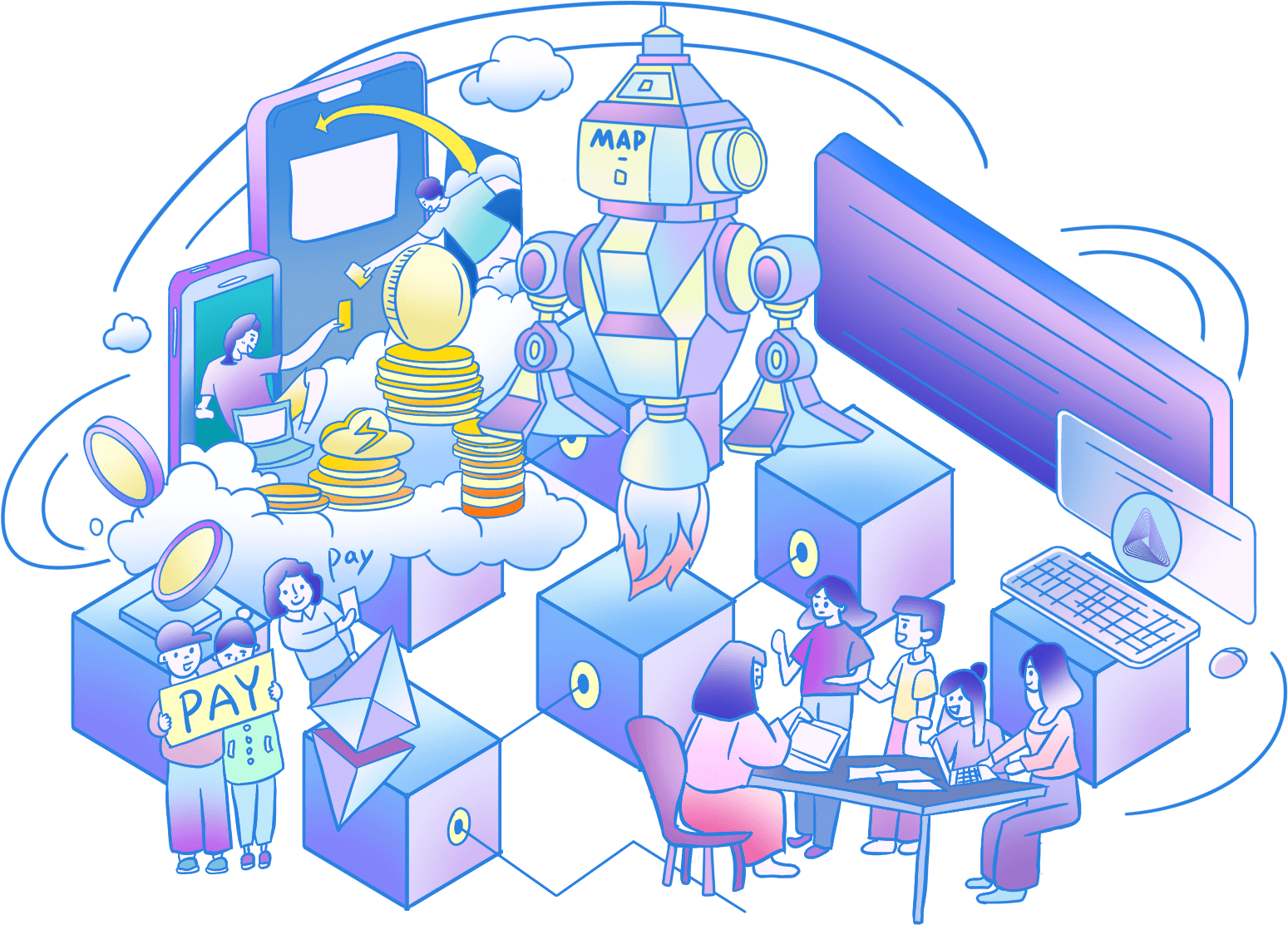
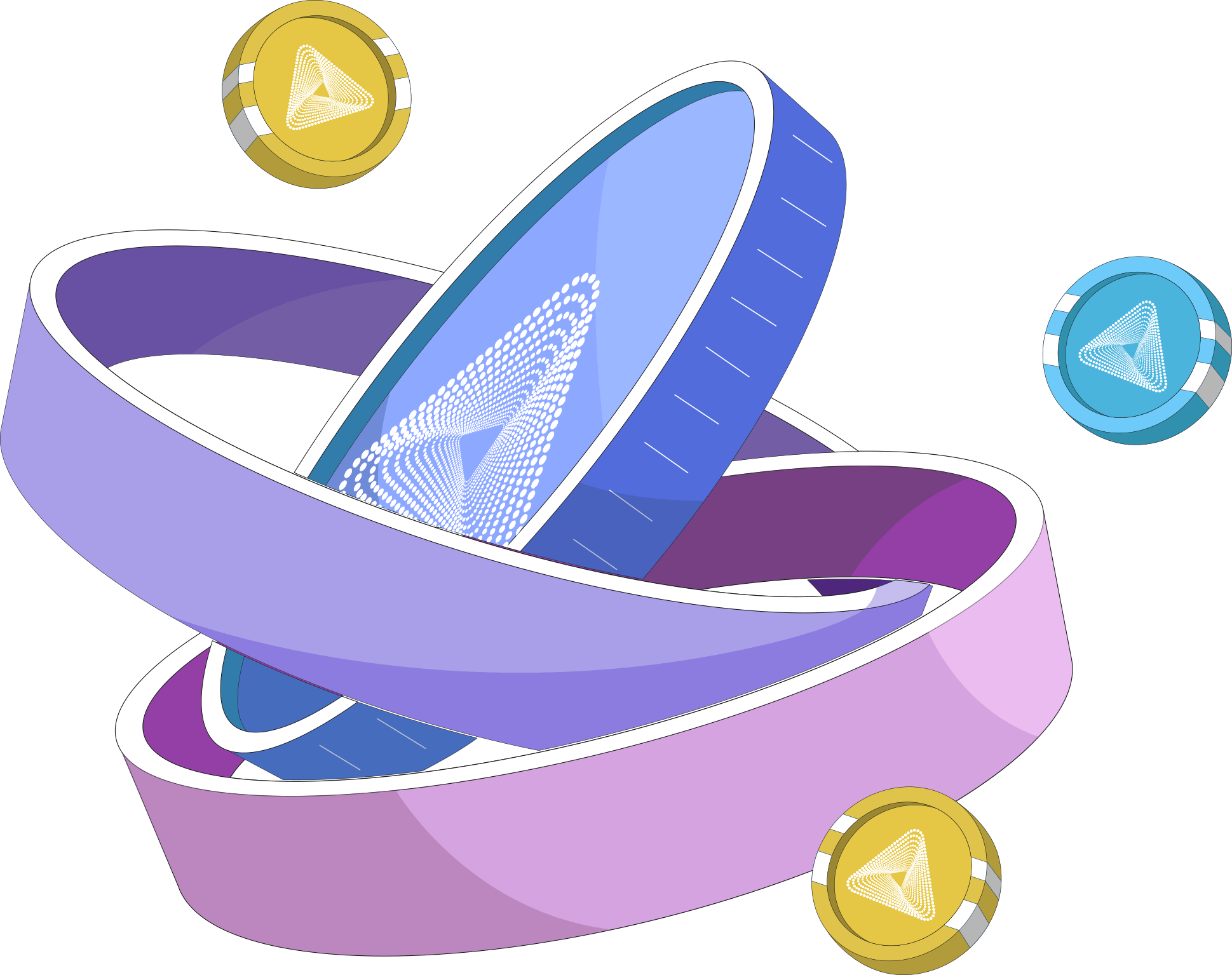
The user gateway to Web3
Hardcore technical details and complicated cross-chain steps hold new users back from entering the Web3 world. MAP Protocol makes navigating Web3 intuitive. In MAP Protocol, users only need to know the fact that they have full ownership over their assets, and when they move assets from one chain to another, it is purely peer-to-peer, and no third party could ever intervene.
The all-in-one developer portal
Data sovereignty is at the core of Web3, meaning that users have full ownership over their data. To build a Web3 app, developers need to combine the functionality of different blockchains so that user assets, storage, and computing are all on-chain. Through MAP Protocol, developers can seamlessly compose different blockchain components and build apps where users have control over their data and assets.
The guardian for the free and peer-to-peer flow of assets
Web3 is the new Internet of value. The flow of Internet value can face safety concerns and challenges from third parties. While the flow of assets in a single blockchain is already peer-to-peer, MAP Protocol takes it one step further by enabling assets on different blockchains to flow in a purely peer-to-peer way.
Summary
MAP Protocol provides the essential omnichain infrastructure for achieving interoperability among blockchain-based assets, storage, and computing. Built upon the light client and zero-knowledge proof technology, our interoperable cross-chain solution is peer-to-peer, without any trusted third-party entities. The MAP Protocol network serves as a Web3 user gateway and developer portal, empowering users and developers to use and build anything cross-chain in a peer-to-peer way.
You can create a MAP Protocol account from anywhere, at any time, and explore omnichain apps or build your own. The core innovation is that you can do all things cross-chain without trusting a central authority that could change the rules or restrict your access.
What can MAP Protocol do?
Bitcoin ecosystem growth
With MAP Protocol being Bitcoin layer-2, any asset on any chain can easily interact with the Bitcoin network. This will add other types of assets and communities to the existing Bitcoin ecosystem and community.
Interoperable On-chain Storage and Computing
Beyond asset transfers, MAP Protocol extends the sphere of interoperability to include on-chain storage and computing resources, allowing dApp developers to efficiently utilize services across multiple blockchains.
Enhanced Security and Privacy
Besides building upon the light client and zero-knowledge-proof technology, MAP Protocol further strengthened its security using the Bitcoin network to prevent long-range attacks.
Developer-Friendly Platform
With its Web3 user gateway and developer portal, MAP Protocol provides the necessary toolsets for developers to build and deploy cross-chain applications, effectively acting as a catalyst for blockchain innovation.
User Empowerment
Users can create a MAP Protocol account with ease and explore or contribute to the omnichain ecosystem. No central authority can change the rules or restrict access, thus offering users unparalleled control.
Peer-to-Peer Network
The MAP Protocol omnichain network allows for peer-to-peer transactions and interactions, upholding the original decentralization ethos of blockchain technology while offering the advantages of cross-chain capabilities.
Why would I use MAP Protocol?
Unlocking the future of Bitcoin ecosystem
Due to the lack of Turing completeness, Bitcoin is limited in its usability compared to Ethereum, and its ecosystem grows slowly. However, as BCR-20 tokens and Ordinal NFTs took over the Web3 sphere in May 2023, The new narrative of the Bitcoin ecosystem has revoked topics and debates on Bitcoin interoperability.
With MAP Protocol’s BRC-201, a cross-chain extension protocol to BRC-20 tokens, BRC-20 and ORC-20 assets on the Bitcoin network can interact with other tokens on other public chains. This layer of Bitcoin network cross-chain interoperability will also grow the Bitcoin community as a whole.
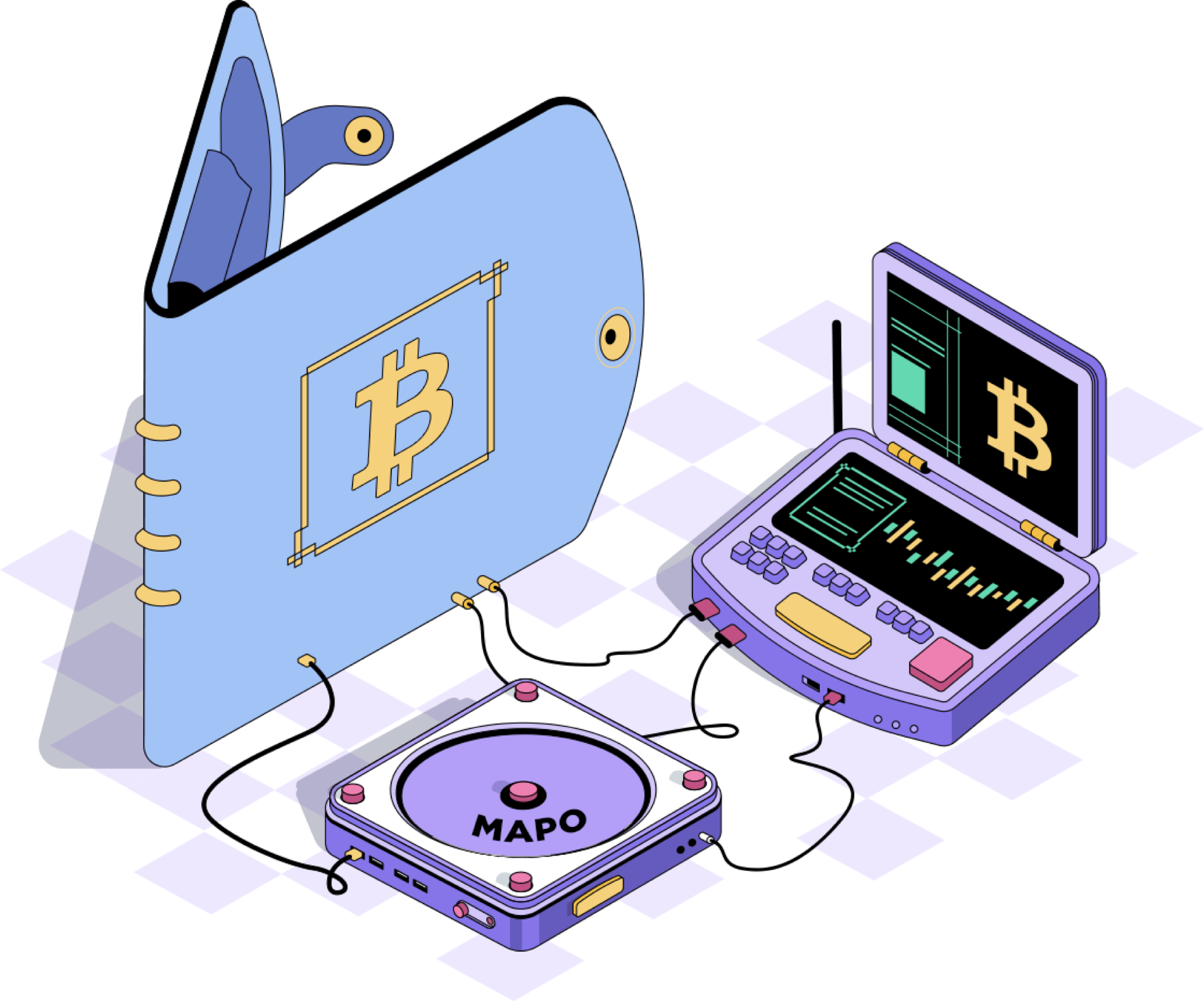
MAP Protocol stats
0
Cross-chain assets powered by MAP Protocol
0
Accounts (wallets) with MAPO balance
0
Smart contracts on MAP Protocol
0
Number of transactions powered by MAP Protocol
0
Total MAPO staked
0
Number of nodes on MAP Protocol

Who runs MAP Protocol?
MAP Protocol is not controlled by any particular entity. It exists whenever there are connected computers running software following the MAP Protocol and adding to the MAP Protocol blockchain. Each of these computers is known as a node. Nodes can be run by anyone, although to participate in securing the network you have to stake MAPO (MAP Protocol’s native token).
What is MAP Protocol Network?
MAP Protocol Network is an EVM-compatible blockchain built upon the Proof-of-Stake mechanism and Byzantine Fault Tolerant consensus and lives on MAP Protocol’s Protocol Layer. It proactively extends and supports heterogeneous blockchains' features in the virtual machine and constructs a gas-efficient light-client verification network.
The main purpose of MAP Protocol Network is to maintain light clients of all interested blockchains and facilitate trustless verification of cross-chain messages. Validators on MAP Protocol Network are key to guaranteeing the diversity and robustness of the omnichain network. MAPO is the cryptocurrency used to pay network fees iccured on MAP Protocol Network.
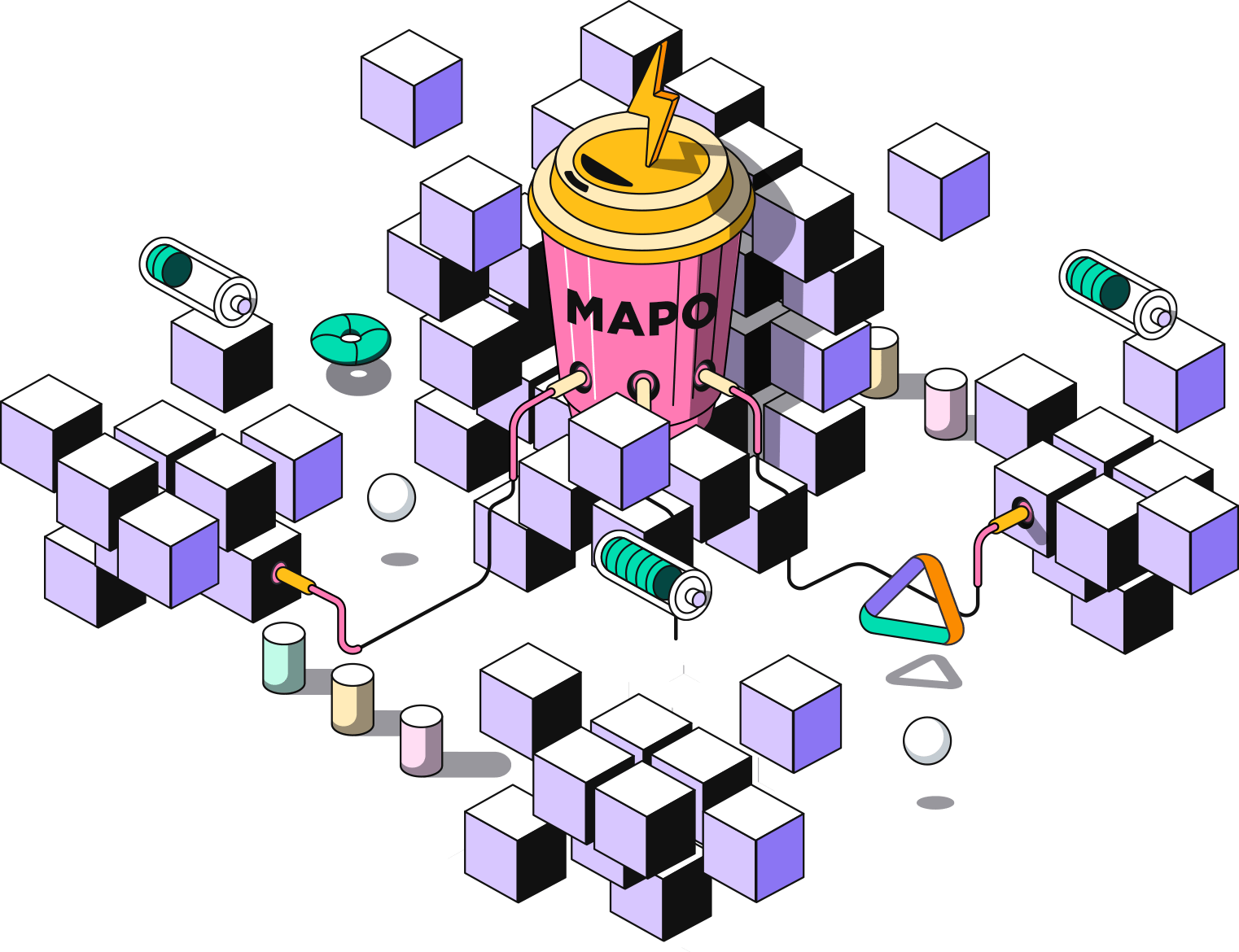
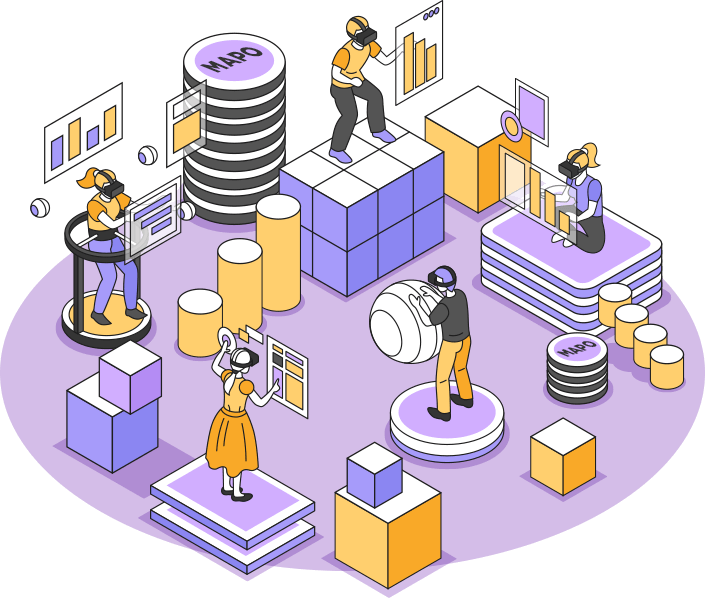
What is MAP Omnichain Service (MOS)?
MOS is the acronym for MAP Omnichain Service, which is the second layer of MAP Protocol. Similar to Google Mobile Services to Android developers, MOS empowers dApp developers to build cross-chain or omnichain applications with ease. This layer consists of Vaults and Data deployed on each chain, and Messenger Program to transmit messages between chains.
DApp developers can independently run MOS or use services provided by MOS. They can also use Vaults and Data in MOS and share Vaults and Data liquidity with other applications. Messenger Program is an SDK, deployed, operated, and maintained by dApp developers themselves. DApp developers can also independently and flexibly incentivize messenger contributors to transmit omnichain messages for the dApp.
Meet MAPO, MAP Protocol’s native currency
Many actions on the MAP Protocol network require some work to be done on the MAP Relay Chain. This computation is not free; it is paid for using MAP Protocol’s native cryptocurrency called MAPO. This means you need at least a small amount of MAPO to use the network.
MAPO is purely digital, and you can send it to anyone anywhere in the world instantly. The supply of MAPO isn’t controlled by any government or company — it is decentralized and completely transparent. MAPO is issued in a precise manner according to the protocol.
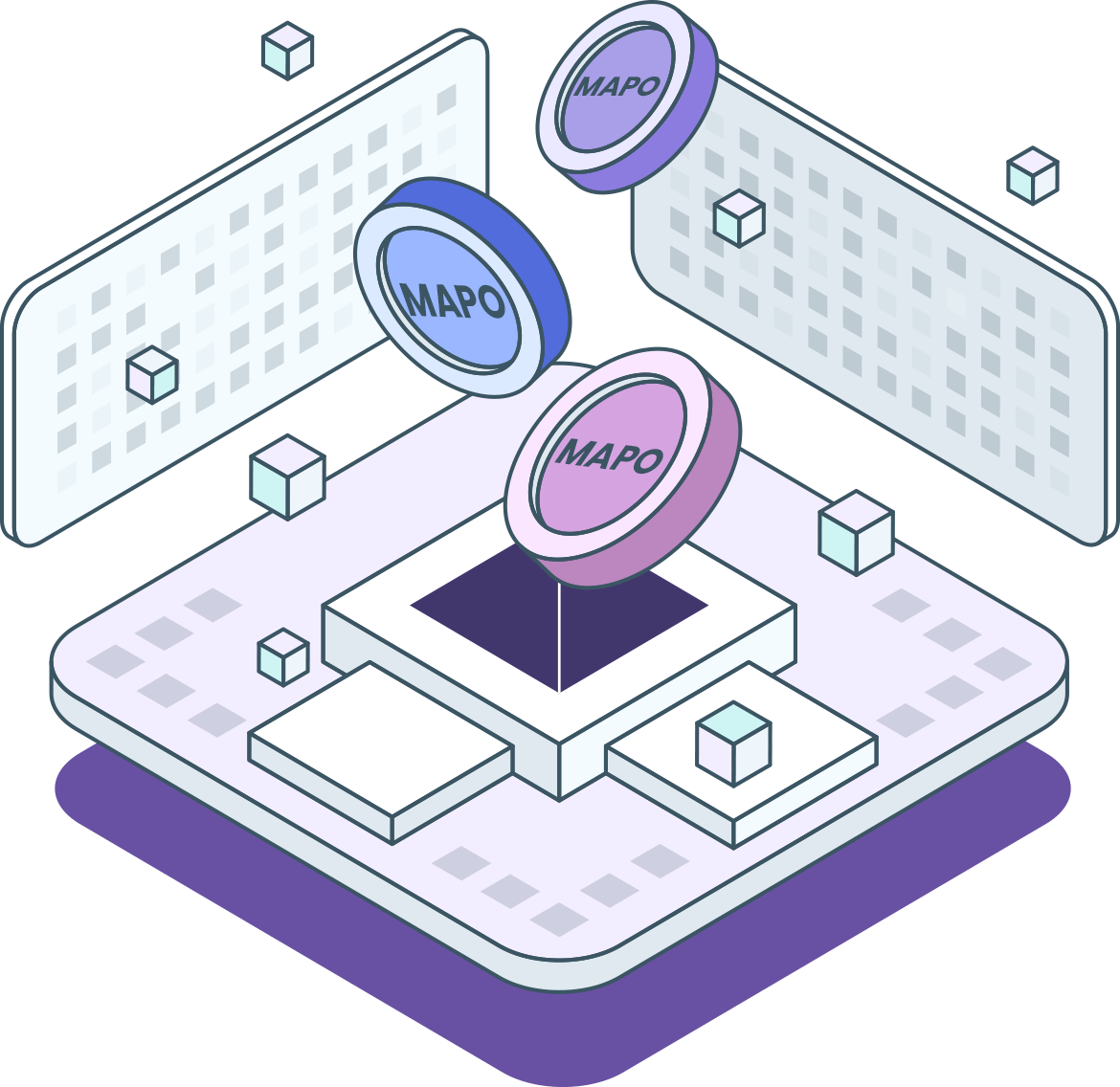
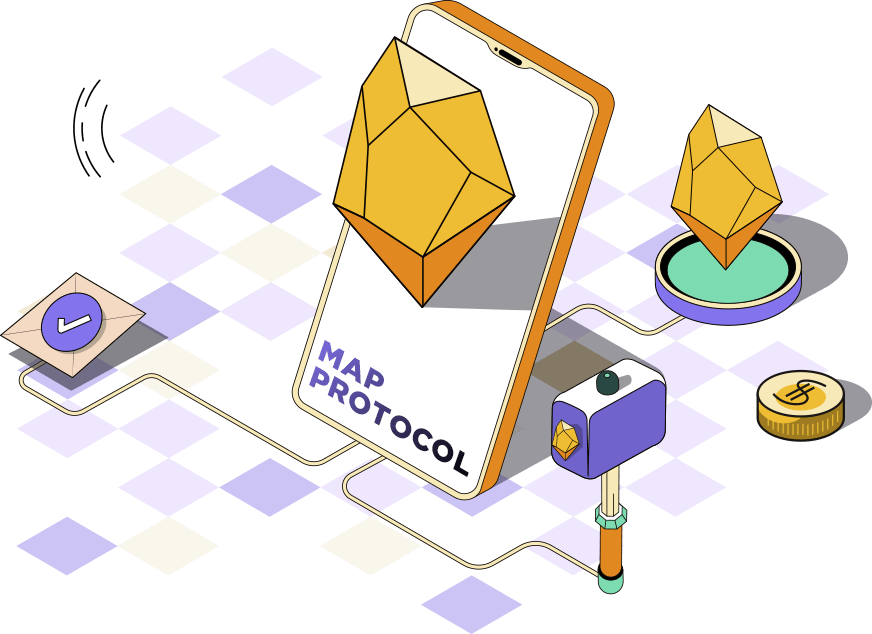
Network fees on MAP Protocol
Network fees on MAP Protocol’s mainnet are called gas fees. These are small charges incurred for the computational efforts required to process transactions on the MAP Relay Chain. These fees serve as a mechanism to fairly allocate network resources and discourage spam or malicious activities.
Unlike typical blockchain platforms where gas fees are a standard feature, MAP Protocol only charges gas fees for cross-chain transactions processed on the MAP Relay Chain. The more complex the transaction, the higher the gas fees. Fees are also influenced by network congestion; during times of high activity, fees might go up.
Explore MAP Protocol